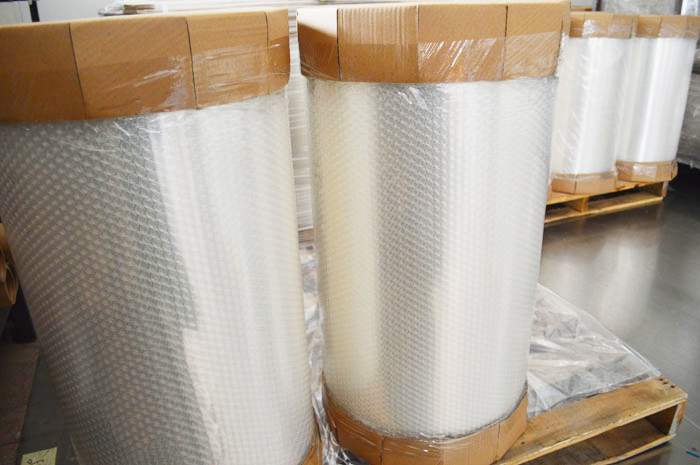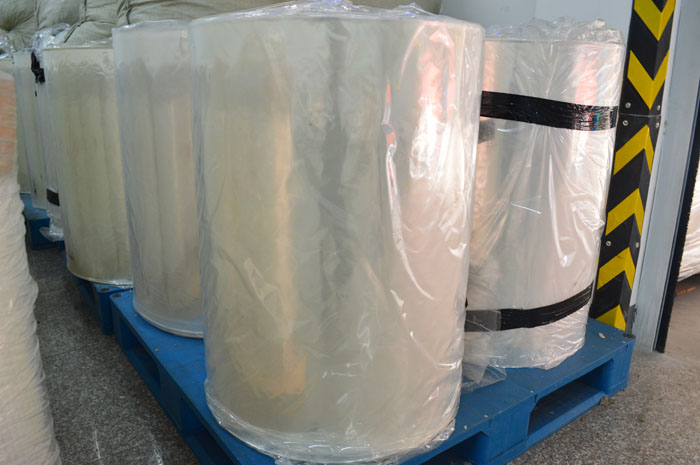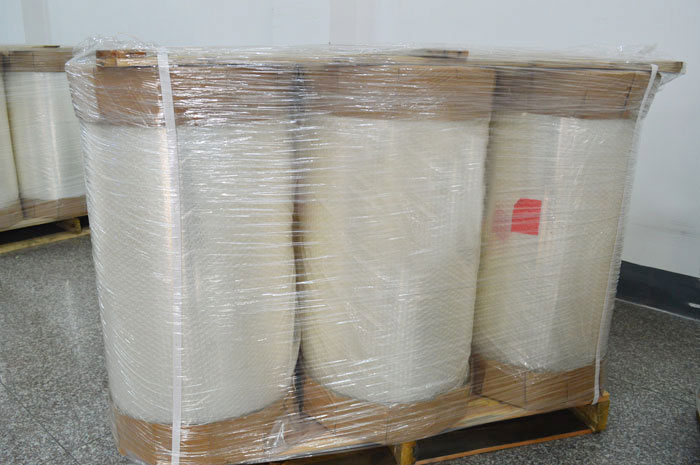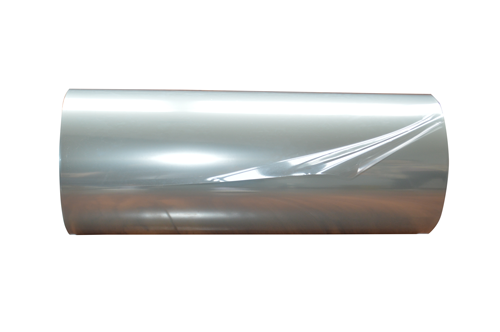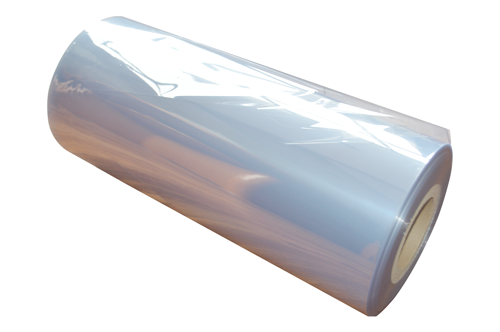The transverse shrinkage of the printed shrink film material is 50% to 52% and 60% to 62%
Since the shrink film is a thermoplastic film which is stretched and oriented during the production process and is heat-shrinked during use. Therefore, no matter which printing method is used for printing, the horizontal and vertical shrinkage of the material and the deformation error allowed in each direction of the decorative image after shrinking are considered before the design of the surface pattern, so as to ensure the pattern shrinking onto the container, Accurate restoration of text and barcodes.
1, the direction of the pattern
Regardless of whether the heat shrinkable film is gravure or flexographic, the printing is mainly in the printing mode, and should be positive with respect to the pattern direction on the printing plate. The shrink film is also printed today. If this is the case, the pattern on the plate should be reversed.
2, the level of the pattern
Due to the shortcomings of flexographic printing, if the shrink film is flexographic, the image layer should not be too fine, and gravure printing can require a richer image layer. 3, the size of the design
The shrinkage ratio of the heat shrinkable film material used for printing is 50% to 52% and 60% to 62%, 90% in special cases, and 6% to 8% in longitudinal shrinkage. However, when the film shrinks instantaneously, it is not restricted by the container, and the horizontal and vertical directions are not completely contracted. In order to ensure accurate restoration of the pattern, text and barcode after shrinking, the shape of the container must be taken into consideration, and the correct size and calculation according to the actual situation must be calculated. Deformation rate. For heat shrinkable labels that need to be formed into a cylindrical shape and sealed together by using an adhesive, it is necessary to pay attention to the fact that the image is not designed at the sealing portion, so as not to affect the bonding fastness.
4, the placement of the barcode
Usually, the bar code should be placed in the same direction as the printing. Otherwise, the bar code will be distorted, which will affect the scanning result and cause misreading. In addition, the color selection of the label product should be based on the spot color as much as possible, and the white version of the production is necessary, and can be made full or hollow according to the actual situation. For the color of the barcode to follow the general requirements, that is, the color matching between the strip and the empty should conform to the principle of barcode color matching. Print material selection. The printing of heat-shrinkable labels has been briefly analyzed, affecting its quality. In addition to the control of the printing process, the material plays a decisive role. Therefore, choosing the right material is the key. The thickness of the film material is determined according to the application field of the heat shrinkable label, the cost, the characteristics of the film, the shrinkage property, the printing process, and the labeling process requirements. Generally, the thickness of the film for making the shrink film label should be 30 micrometers to 70 micrometers, and it is more common to use 50 micrometers, 45 micrometers, and 40 micrometers, depending on the labeling performance on the labeling device. For the selected label material, the shrinkage of the film material is generally required to be within the application range, and the transverse (TD) shrinkage is higher than the longitudinal (MD) shrinkage. The transverse shrinkage of commonly used materials is 50% to 52% and 60% to 62%, and can reach 90% in special cases. The longitudinal shrinkage rate is required to be between 6% and 8%. In addition, since the shrink film is very sensitive to heat, it is necessary to avoid high temperatures during storage, printing and transportation.
1, the direction of the pattern
Regardless of whether the heat shrinkable film is gravure or flexographic, the printing is mainly in the printing mode, and should be positive with respect to the pattern direction on the printing plate. The shrink film is also printed today. If this is the case, the pattern on the plate should be reversed.
2, the level of the pattern
Due to the shortcomings of flexographic printing, if the shrink film is flexographic, the image layer should not be too fine, and gravure printing can require a richer image layer. 3, the size of the design
The shrinkage ratio of the heat shrinkable film material used for printing is 50% to 52% and 60% to 62%, 90% in special cases, and 6% to 8% in longitudinal shrinkage. However, when the film shrinks instantaneously, it is not restricted by the container, and the horizontal and vertical directions are not completely contracted. In order to ensure accurate restoration of the pattern, text and barcode after shrinking, the shape of the container must be taken into consideration, and the correct size and calculation according to the actual situation must be calculated. Deformation rate. For heat shrinkable labels that need to be formed into a cylindrical shape and sealed together by using an adhesive, it is necessary to pay attention to the fact that the image is not designed at the sealing portion, so as not to affect the bonding fastness.
4, the placement of the barcode
Usually, the bar code should be placed in the same direction as the printing. Otherwise, the bar code will be distorted, which will affect the scanning result and cause misreading. In addition, the color selection of the label product should be based on the spot color as much as possible, and the white version of the production is necessary, and can be made full or hollow according to the actual situation. For the color of the barcode to follow the general requirements, that is, the color matching between the strip and the empty should conform to the principle of barcode color matching. Print material selection. The printing of heat-shrinkable labels has been briefly analyzed, affecting its quality. In addition to the control of the printing process, the material plays a decisive role. Therefore, choosing the right material is the key. The thickness of the film material is determined according to the application field of the heat shrinkable label, the cost, the characteristics of the film, the shrinkage property, the printing process, and the labeling process requirements. Generally, the thickness of the film for making the shrink film label should be 30 micrometers to 70 micrometers, and it is more common to use 50 micrometers, 45 micrometers, and 40 micrometers, depending on the labeling performance on the labeling device. For the selected label material, the shrinkage of the film material is generally required to be within the application range, and the transverse (TD) shrinkage is higher than the longitudinal (MD) shrinkage. The transverse shrinkage of commonly used materials is 50% to 52% and 60% to 62%, and can reach 90% in special cases. The longitudinal shrinkage rate is required to be between 6% and 8%. In addition, since the shrink film is very sensitive to heat, it is necessary to avoid high temperatures during storage, printing and transportation.






